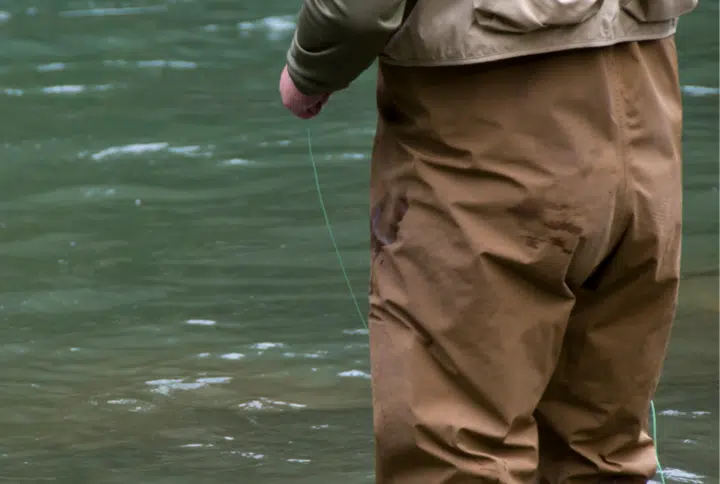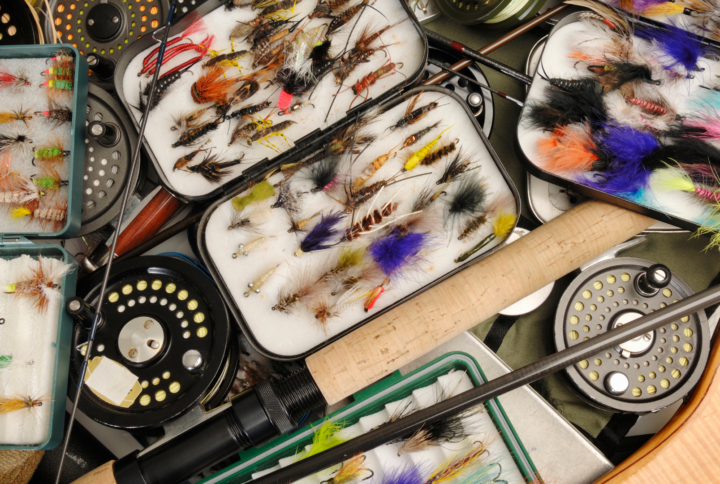Clark Fork - Below Missoula - Montana
Fly Fishing River Report & Conditions
Clark Fork – Below Missoula - Water Flow Chart
Clark Fork – Below Missoula - Weather report & radar
Clark Fork – Below Missoula - General hatch chart
| Month | Hatch | Time of Day | Recommended Fly Sizes | Popular Fly Patterns |
|---|---|---|---|---|
| January | Midges | Afternoon | 18-22 | Zebra Midge, Griffith’s Gnat |
| Winter Stoneflies | Late Afternoon | 14-16 | Black Stonefly Nymph | |
| February | Winter Stoneflies | Afternoon | 14-16 | Black Stonefly Nymph |
| Midges | Late Afternoon | 18-22 | Griffith’s Gnat, Zebra Midge | |
| March | Blue Winged Olives | Afternoon | 18-20 | Blue Winged Olive, Pheasant Tail Nymph |
| Large Dark Stoneflies | Evening | 12-14 | Black Stonefly Nymph | |
| April | Blue Winged Olives | Dusk | 18-20 | BWO Emerger, BWO Dry Fly |
| March Browns | Afternoon | 12-14 | March Brown Nymph, Comparadun March Brown | |
| May | SALMONFLIES | All Day | 2-6 | Pat’s Rubber Legs, Black Stimulator |
| Blue Winged Olives | Evening | 16-18 | Blue Winged Olive, Pheasant Tail Nymph | |
| June | Green Drakes | Afternoon | 10-12 | Green Drake, Green Drake Cripple |
| Yellow Sallies | Evening | 14-16 | Yellow Sally, Little Yellow Stone | |
| July | Tricos | Morning | 22-24 | Trico Spinner, Trico Dun |
| PMD | Afternoon | 14-16 | PMD Dun, PMD Emerger | |
| August | Tricos | Morning | 22-24 | Trico Spinner, Trico Dun |
| PMD | Afternoon | 14-16 | PMD Dun, PMD Emerger | |
| September | Blue Winged Olives | Afternoon | 18-20 | BWO Emerger, BWO Dry Fly |
| October | Midges | Afternoon | 18-22 | Zebra Midge, Griffith’s Gnat |
| Blue Winged Olives | Afternoon | 18-20 | BWO Emerger, BWO Dry Fly | |
| November | Midges | Afternoon | 18-22 | Zebra Midge, Griffith’s Gnat |
| December | Midges | Afternoon | 18-22 | Zebra Midge, Griffith’s Gnat |
Clark Fork – Below Missoula Access Points
The Clark Fork River, below Missoula, presents some of the best access points for fly fishing. Some notable ones are:
- Clark Fork River at Turah: Easily accessible from I-90 and offers significant variety of fish species, especially trout. Also, optimal for both float and wade fishing.
- The Johnsrud Park: Is a popular destination featuring both a boat ramp and fishing access site.
- Tarkio: Here, the fishing access site is near the Tarkio Bridge with ample parking and a boat launch ramp.
Here are also some tips for efficient fishing on Clark Fork:
- If float fishing, more productive hours tend to be in the morning or late evening.
- Wade fishing is generally most productive in areas with significant structure and depth changes.
Clark Fork – Below Missoula Fishing Spots
Renowned for its impressive Brown Trout and Rainbow Trout, the section of the Clark Fork River located below Missoula in Montana provides numerous ideal spots for fly fishing:
- Kelly Island: Accessible from the west end of Spurgin Road, this area is particularly renowned for its spring fly fishing opportunities.
- Tower Street Conservation Area: Located just below the confluence of the Bitterroot and Clark Fork Rivers, this area provides excellent hatches of Mayflies, Caddis, and Stoneflies.
- Turah Bridge: This spot near the Turah Bridge provides ample space for wade fishing.
- Rock Creek: Just off I-90, the mouth of Rock Creek is another excellent spot for catching Brown and Rainbow Trout.
Acquiring a detailed map and a local fishing guide will undoubtedly enhance your fly fishing experience on the Clark Fork River below Missoula.
Clark Fork – Below Missoula Local Fish Species
- Westslope Cutthroat Trout: This is a strictly catch and release fish, which makes it an exciting target for sport fishing on the Clark Fork.
- Rainbow Trout: These fish are abundant in this river, making them one of the most targeted species.
- Mountain Whitefish: While often overlooked by many fly anglers, this native fish species can offer quite a challenge.
- Brown Trout: This species is becoming more popular in recent years among the Clark Fork anglers due to their size.
- Pickerel: Although not as common as trout, pickerel can be a fun challenge for experienced fly fishermen.
- Northern Pike: These fish are aggressive feeders, which makes them a thrilling catch for fly fishing.
- Smallmouth Bass: Their strength and aggressiveness make them an exciting target for fly fishers.
- Pumpkinseed Sunfish: Despite their small size, these fish are quite the fighters making them a fan favorite among fly fishermen.
About the Clark Fork – Below Missoula
The picturesque Clark Fork River holds immense historical significance! Running right below the heart of Missoula, it’s seen a fair share of changes.
Originally inhabited by the Salish tribe, the area witnessed the arrival of Lewis and Clark’s expedition in 1805. The river was subsequently named after William Clark.
With the gold rush came settlers, forever transforming the landscape. The once unblemished river end endured mining activities, drastically impacting the river’s health.
River improvements began in the 1930s with construction of Milltown Dam to control flooding. But its presence led to built-up toxic sediments.
In the 2000s, an ambitious rehabilitation project was set in motion. The dam was removed and the largest Superfund projects ever initiated was dedicated to cleaning the riverbed.
- The former dam site today is a thriving State Park.
- The improved health of the river allows for retuned salmon species.
- The Clark Fork is now celebrated with river festivals and outdoor activities.
From mining scars to recreational marvel, the striking journey of the Clark Fork, below Missoula, mirrors the resilience of nature when given a chance.
Community Contributions
Be part of the fishing community!
No updates submitted for this river.



